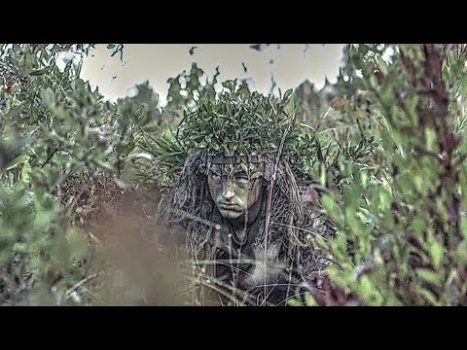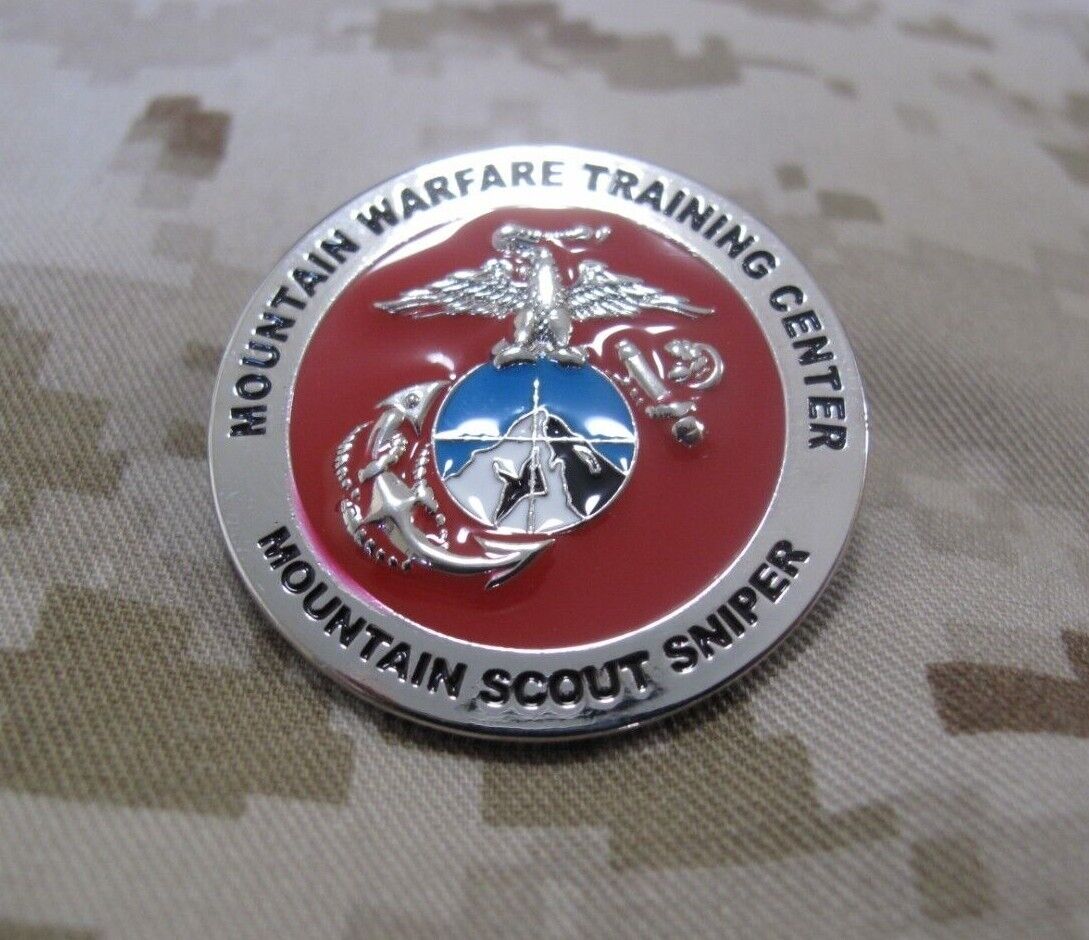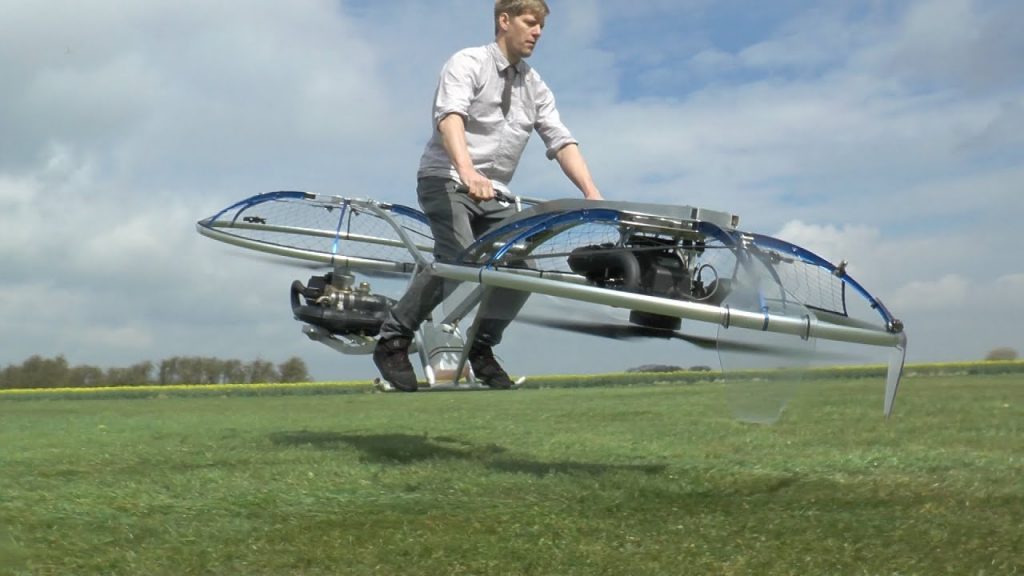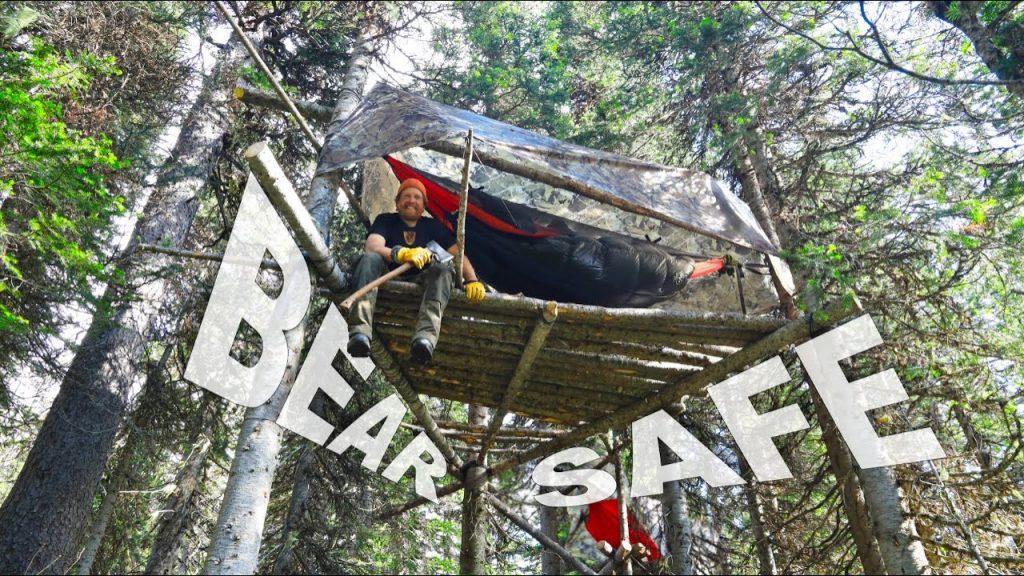Marine Corps Scout Sniper Course: Cover and Concealment

Cover and Concealment
U.S. Marine Corps Gunnery Sgt. Rollie Pennington, the staff non-commissioned officer in charge of Scout Sniper Course, School of Infantry East, gives tips on the basics of cover and concealment.
What is concealment, and why is it important for Marine Corps Scout Snipers to master it?
Cover and concealment are crucial elements of the Marine Corps Scout Sniper Course, a rigorous training program designed to produce elite marksmen capable of completing complicated missions in any environment. Aspiring Scouts must master these skills to be effective in their assignments, which include reconnaissance, intelligence gathering, and providing long-range support to infantry units. In this article, we will discuss what cover and concealment are, their importance in the Marine Corps Scout Sniper Course, and the techniques used to achieve them.
Cover is a natural or man-made object that can protect a person from incoming fire. It includes things like walls, trees, boulders, and vehicles. A Scout Sniper must know how to assess available cover and use it to their advantage. Even when the target is visible, staying behind cover reduces the exposure of the snipers and their teams to potential enemy fire, increases their probability of survival, and makes it easier to maintain their position.
However, a Scout Sniper should not rely solely on cover. Concealment, on the other hand, is the art of staying hidden from view. It involves the use of natural features like vegetation or artificial means like camouflage clothing and netting. Concealment makes it difficult for the enemy to pinpoint the snipers’ location, enabling them to remain undetected, even when they are only a few feet away. Maintaining good cover and concealment is crucial in any sniping mission, as it allows the sniper to observe, locate, and engage the enemy efficiently.
In the Marine Corps Scout Sniper Course, learners undergo intensive training to master the use of cover and concealment techniques. This training constitutes part of the foundational phase, which equips the students with the essential skills and knowledge needed for the course’s advanced phases.
To achieve cover, the trainees are taught how to evaluate their location quickly and come up with a plan to make the most of available cover. They are also instructed on the potential risks of staying in one spot for too long, such as being exposed to enemies who may be able to flank them or attract too much attention to their position. They learn to fire and move techniques, moving to new positions after decisive shots to prevent retaliation and counter-attacks.
For concealment, trainees learn a variety of techniques, such as natural camouflage, which involves covering oneself with foliage and dirt to blend in with the surrounding vegetation. There is also the use of artificial means, such as ghillie suits, which are made from strips of cloth and netting to break up the body lines and make it difficult for the enemies to recognize the sniper’s form. Snipers also learn how to use light and shadow to their advantage, so they can remain undetected in low light environments.
In conclusion, the Marine Corps Scout Sniper Course emphasizes the importance of cover and concealment in any sniping operation. Participants learn to master these skills through extensive training, including how to evaluate their surroundings quickly, take advantage of available cover, and utilize various concealment techniques. By mastering these skills, Scouts can remain undetected and increase their survival probability, enabling them to carry out their missions efficiently and effectively.










Hear the Otherworldly Sounds of Skating on Thin Ice
Inside The Rock’s $100 Million Dollar Mansions
LA couple builds backyard cottage, then moves-in from main home
Family of 4 Travel Full Time in 4 Years | Lifestyle Changes are Hard – How You Do It Anyway
Artist Makes Portraits On Glass With Just A Hammer